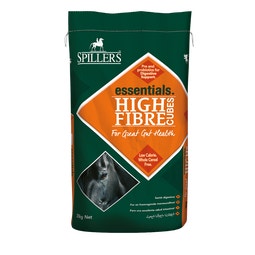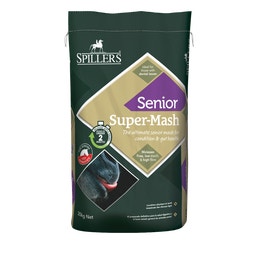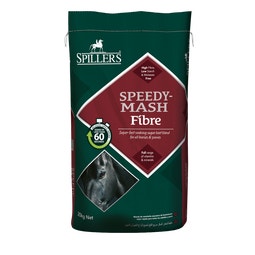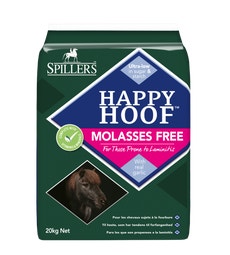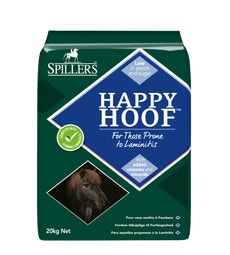Hay shortages – what horse owners really need to know
If you’ve scrolled through social media lately, you’ll have seen the chatter – “hay shortages,” “prices going up,” “better stock up now before it runs out.” Sound familiar? As horse owners ourselves, we’ve heard it all before, and while there’s no denying that 2025 has been unusually dry, we want to start with some reassurance: please don’t panic.
Yes, spring 2025 was the sixth driest since records began in 1836, with rainfall 40% below the long-term average. Yes, the Met Office has confirmed this summer will “almost certainly” go down as the warmest on record. And yes, hay and haylage yields are lower than in some previous years. But panicked bulk-buying only drives prices up and creates shortages where they don’t need to exist. Horses are adaptable, and so are we. There are plenty of safe, practical ways to keep them well-fed this winter.

Why do our horses need forage?
Forage isn’t just “something to chew on” – it’s the foundation of your horse’s digestive and overall health. But that doesn’t mean every horse needs ad lib of hay in winter.
- Good doers might actually benefit from reduced grass growth in winter – the perfect chance to slim down naturally and may not require any hay at all (depending on your land and grazing situation).
- Poor doers or those with little winter grazing will, of course, need supplementary hay, haylage, or a suitable alternative.
- Stabled horses will need to rely on conserved forage as their main fibre source.
- Horses with dental issues or clinical conditions (like laminitis) may need hay replacers instead.

Forage choices
When it comes to winter feeding, there’s no “one size fits all.” The right forage choice will depend on your horse’s age, weight, health, and how much grazing you’ve got. Here are the main options and what you need to know about each:
Hay
Good old-fashioned hay is still the backbone of most horses’ diets. It’s relatively easy to source, usually cheaper than haylage, and – provided it’s clean and dust-free – suits the majority of horses. The catch is that quality can vary a lot depending on the weather at harvest and how it’s been stored. Some hays are coarse and stemmy, others soft and leafy. Some are rich in energy, others offer a relatively low level of nutrients. If you can, it’s worth having your hay analysed so you know exactly what you’re feeding, this is particularly important if your horse has specific needs such as weight gain or laminitis where energy and water soluble carbohydrate levels need to be kept low.
Haylage
A lot of horses love haylage – it’s softer, often smells sweeter, and is sometimes easier for fussy eaters or horses with dental issues to manage. But here’s the important bit: haylage isn’t automatically higher in calories or sugar than hay, despite what you might hear on the yard. What makes it trickier is the water content. Haylage can contain up to 30% water, which means that 10kg of haylage isn’t equivalent to 10kg of hay on a dry matter basis – your horse is actually eating less fibre than you think. Unless you’ve had it analysed, it can be hard to know how much your horse is really getting.
Straw
Straw sometimes gets overlooked, but it can be a really useful and economical forage option, especially in a year when hay is short or expensive. For good doers, replacing 30–50% of their forage ration with clean barley, wheat or oat straw can help keep them occupied without piling on the pounds. It’s high in fibre, low in calories, and it encourages chewing – all great for digestive health. The main caveats? Make sure your horse has no dental issues (straw can be tough to chew), introduce it gradually, and always balance it with a suitable feed for example a balancer to make sure their nutrient requirements are met.

Hay replacers
If hay and haylage aren’t suitable – whether that’s because of dental problems, laminitis, or simply a shortage – hay replacers step in to save the day. These come in different forms:
- Short chop fibres (like SPILLERS HAPPY HOOF) help extend eating time and mimic natural grazing behaviour.
- Soaked high-fibre mashes or cubes (such as SPILLERS SPEEDY-MASH Fibre or High Fibre Cubes) are ideal if your horse struggles to chew.
Not all products are suitable as a full hay replacer – for example, pure sugar beet or alfalfa chaffs/pellets should only make up part of the ration. And if your horse is prone to laminitis, avoid grass-based products as they can be high in water-soluble carbohydrates.
A good tip is to check the label: does the product already contain added vitamins and minerals? If so, you may not need to add a balancer – but in other cases you’ll still need one to make sure your horse’s diet is complete.
As a guide, 1kg of hay replacer = 1kg of hay. And remember: total forage intake should never be less than 1.5% of bodyweight (dry matter) per day. For a 500kg horse with no turnout, that means at least 8.5–9kg of hay replacer daily – and in practice, many horses will need more than this.
SPILLERS hay replacer options
The good news is that we’ve got several products designed to be fed as full or partial hay replacers – all with added vitamins and minerals for a balanced diet:
- SPILLERS SPEEDY-MASH Fibre – quick-soaking sugar beet blend, ideal for those who can’t chew short-chop fibre. Laminitis friendly.
- SPILLERS Senior Super-Mash – medium-calorie, quick-soaking fibre blend, suitable for those prone to laminitis.
- SPILLERS HAPPY HOOF & HAPPY HOOF Molasses Free – low-calorie, short-chop fibres suitable for those prone to laminitis.
- SPILLERS High Fibre Cubes – can be fed dry or soaked into a mash, low in calories, versatile for many horses.
Hay Replacers
How much forage does my horse need?
One of the most common questions we’re asked is “how much hay should my horse actually be eating?” The answer isn’t always straightforward, because it depends on your horse’s bodyweight, condition, workload, and how much grazing they have access to. But there are some good rules of thumb to work with.
As a minimum, total forage intake (that’s hay, haylage, straw and/or hay replacers combined) should never be restricted to less than 1.5% of your horse’s current bodyweight on a dry matter basis. This isn’t just a nice guideline – it’s essential for digestive health and to reduce the risk of problems such as colic, ulcers, or stereotypic behaviours like crib-biting and weaving.
On an ‘as fed’ basis (what you actually put in the net or manger), this works out roughly as follows for a 500kg horse with no grazing:
- 9kg of hay if fed dry
- 11kg of dry hay if soaked before feeding (because soaked hay loses dry matter)
- 11–12kg of haylage – possibly more, depending on the dry matter content (haylage is typically around 50–70% water compared to 10–15% in hay).
This is the minimum – many horses will happily eat more, and that’s fine (and encouraged) as long as they don’t pile on the pounds.
What about grazing?
Grazing throws another variable into the mix, because grass growth changes dramatically depending on the season, the weather, how many horses are sharing the land, and even the time of day. In spring and summer, grass can provide a huge proportion of your horse’s daily intake, but in winter growth slows right down. In fact, colder weather is often the perfect opportunity for good doers to slim down naturally without big hay rations. Poor doers or horses with limited turnout, on the other hand, will usually need topping up with hay, haylage, or a hay replacer.

Reduce waste (and make your hay last longer!)
Let’s be honest – there are few things more frustrating than forking out for good hay only to watch your horse trample half of it into the bedding or leave it to go dusty in the corner. In fact, research suggests that almost one third of conserved forage fed to horses ends up wasted. That’s a staggering amount of hay literally going on the muck heap – and in a year where supplies may be tighter than usual, it’s something we can all do without. The good news? A few small changes in how we feed can make a big difference.
Right-size rations
Sometimes the simplest tip is the most effective: only feed what your horse will actually eat. Over-supplying hay doesn’t mean your horse eats more – it often just means more waste. If your horse consistently leaves half their haynet untouched, reduce the amount slightly until you find the sweet spot where they finish it without going hungry. For poor doers, monitor carefully to make sure they’re not leaving forage because of dental issues or palatability.
Haynets
Forage should never run out for long periods – it’s not just about keeping horses occupied, but also about protecting their gastric, digestive and mental health. Slow-feeding systems like haynets and hayboxes are a simple way to keep horses nibbling for longer.
- A 2015 study compared a large-holed haylage net with three different small-holed nets. The small-holed nets extended eating time by around 5 minutes per kilo – that’s only an extra half an hour if you’re feeding 6kg of hay (roughly three wedges from a small bale).
But here’s the clever bit: a follow-up study found that dividing that same 6kg between three double-layered small-holed nets could stretch eating time by up to two extra hours compared to feeding in a single net. So if you’ve got the time (and the patience to fill them!), multiple nets are well worth a try.

Haynets vs ground-based feeders
We all know horses are designed to eat with their heads down, so ground-based feeders are often appealing. But how do they compare to nets in terms of intake and waste?
In a recent study, ponies were offered hay in four different ways:
- 3kg fed loose from the ground
- 3kg in a fully filled small-holed haynet
- 1kg in a partially filled small-holed haynet
- 3kg in a ground-based slow-feeder (built specifically for the study)
The results were interesting:
- Both the fully filled haynet and the ground-based slow-feeder extended eating time compared to loose hay.
- The slow-feeder had the advantage of allowing ponies to eat in a more natural posture (the height of the feeder was adjusted to suit them).
- However, the partially filled small-holed net was the most effective at slowing intake – stretching out eating time far more than any of the other methods.
That said, partially filled nets mean you need to top up little and often, so this approach works best if you can feed multiple times a day or hang several smaller nets at once.
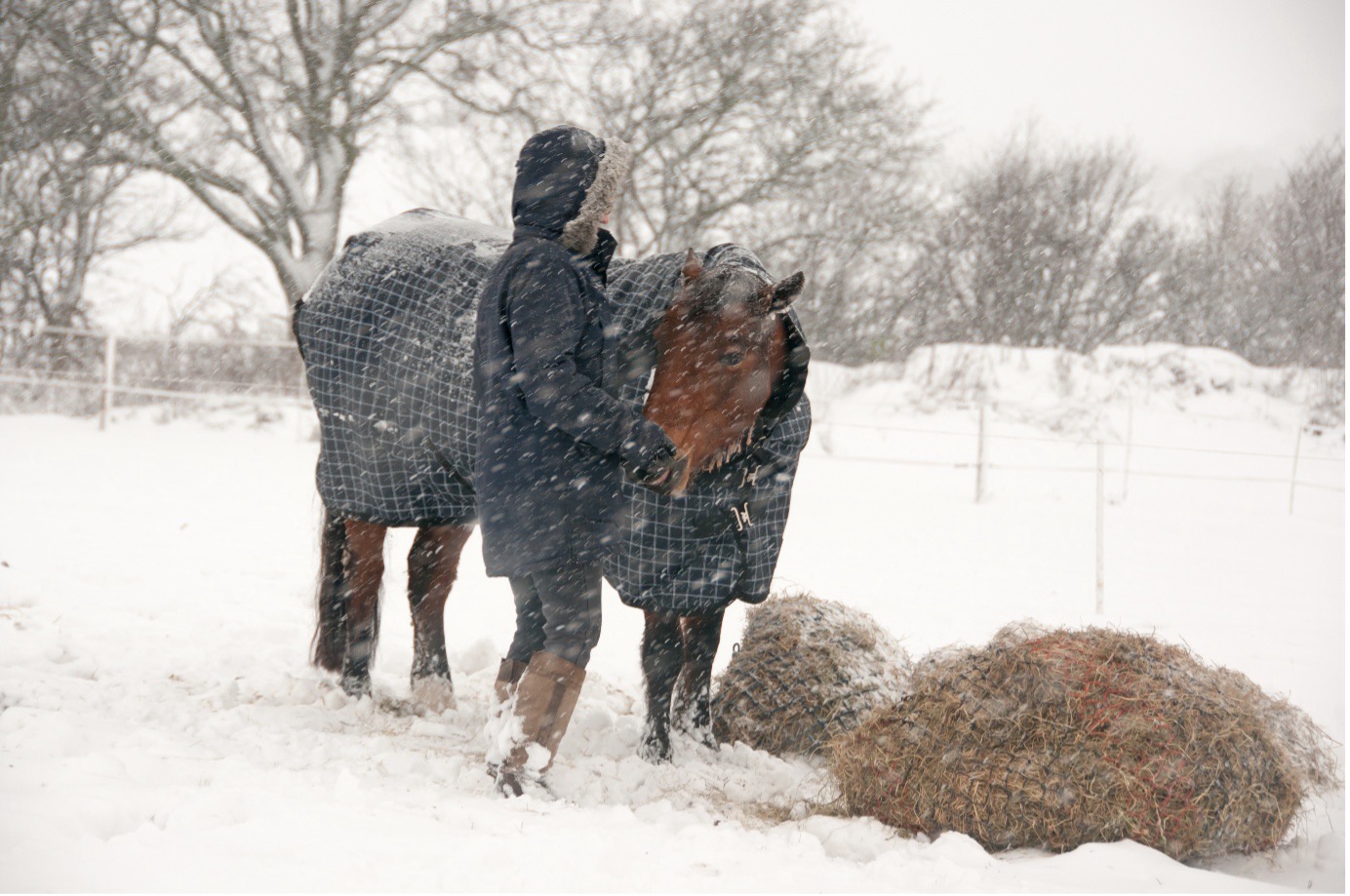
The bottom line
This year has been unusually dry and yes, forage yields are down in some areas – but don’t panic. Horses don’t all need the same amount of hay, and there are plenty of safe alternatives and practical tricks to make your forage go further.
If you’re unsure what’s best for your horse, please do reach out to our SPILLERS Care-Line – we’re horse owners too, and we’d be more than happy to help.
